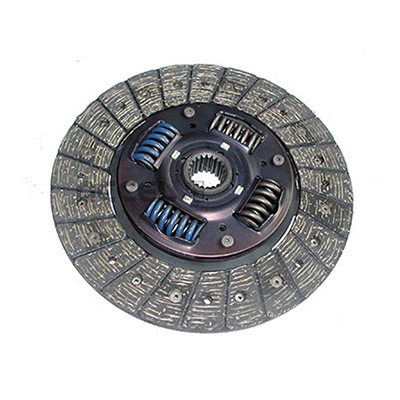Mobile:+86-311-808-126-83
Email:info@ydcastings.com
Understanding the Role of Oil Pan in Automotive Engine Performance
Understanding the Role of the Oil Pan in a Car Engine
The oil pan, often referred to as the sump, is a crucial component of any car engine. Its primary function is to hold the engine oil, which lubricates the moving parts of the engine and helps to keep it running smoothly. In this article, we will explore the structure and importance of the oil pan, its maintenance, and potential issues that can arise with it.
Structure and Function
Typically made from stamped steel or aluminum, the oil pan is located at the bottom of the engine. It serves as both the reservoir for the engine oil and a protective cover for the engine’s lower components. The oil pan features a drain plug, allowing you to release oil during an oil change, and it is secured to the engine with a gasket to prevent leaks.
The oil within the pan is not merely for lubrication; it also plays a vital role in cooling the engine by dissipating heat. As the engine runs, it generates friction, which in turn creates heat. The oil absorbs this heat, helping to maintain an optimal operating temperature, which is vital for engine longevity and performance.
Importance of Regular Maintenance
One of the key aspects of maintaining a healthy oil pan and engine is regular oil changes. Old oil becomes contaminated with dirt, metal particles, and other impurities, which can compromise its lubricating properties. Over time, worn-out oil may lead to increased friction, overheating, and even severe engine damage.
oil pan in car engine

Additionally, checking the oil level regularly is essential. An inadequate oil level can cause the engine to run dry, leading to catastrophic failures. Most vehicles come equipped with a dipstick that allows you to check the oil level easily.
Common Issues with the Oil Pan
Despite its importance, the oil pan can experience several issues. One common problem is oil leaks, which are often a result of a damaged gasket or a compromised oil pan itself. Signs of an oil leak include oil spots on the ground where the vehicle is parked, a burning smell, or a low oil level in the engine. If you notice these symptoms, addressing the issue promptly is crucial to avoid further engine damage.
Another potential issue involves the accumulation of sludge within the oil pan. Sludge forms when oil is not changed frequently enough or when the oil becomes contaminated. This sludge can clog oil passages and reduce oil flow, leading to increased engine wear or overheating.
Repair and Replacement
When faced with oil pan issues, repair or replacement is sometimes necessary. If the oil pan is simply leaking due to a faulty gasket, replacing the gasket is often a straightforward process. However, if the oil pan itself is cracked or damaged, it may require replacement. Replacing an oil pan can vary in complexity and cost depending on the vehicle make and model, so it’s advisable to consult with a professional mechanic.
In conclusion, the oil pan is a vital component of a car engine that deserves attention. Regular maintenance, such as checking oil levels and changing oil, can prevent many common issues associated with the oil pan. By understanding its importance and taking proactive measures, vehicle owners can ensure that their engines remain in good health, thus prolonging the life and performance of their vehicles. Always remember that a well-maintained oil pan directly contributes to the efficiency and reliability of your engine, making it a priority in routine automotive care.
-
Automobile Water Pumps in Vehicle PerformanceNewsMay.21,2025
-
Valve Box Cover Cast Iron: The Backbone of Fluid Control SystemsNewsMay.21,2025
-
Pump Impeller in Fluid DynamicsNewsMay.21,2025
-
Baffled Oil Pans in Racing Cars: How They Improve PerformanceNewsMay.21,2025
-
Compressor Housing Turbo in Pump EngineeringNewsMay.21,2025
-
Why Oil Pan Thickness Matters for Engine SafetyNewsMay.21,2025











